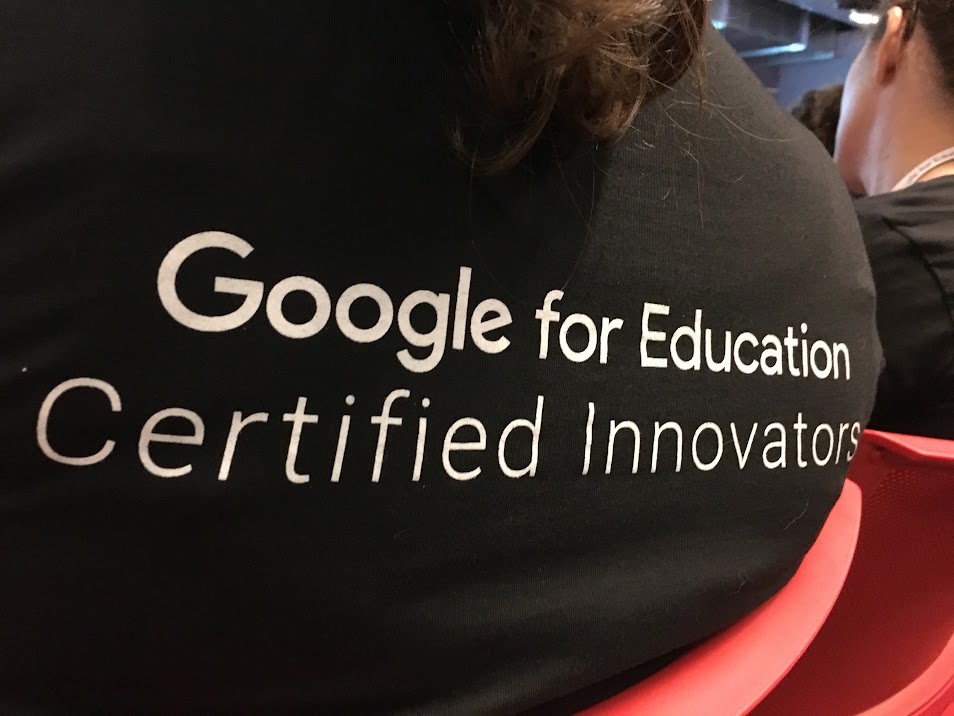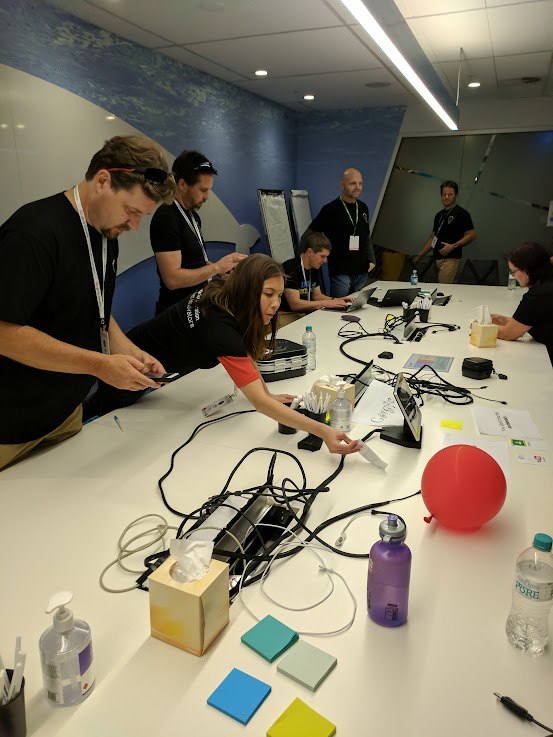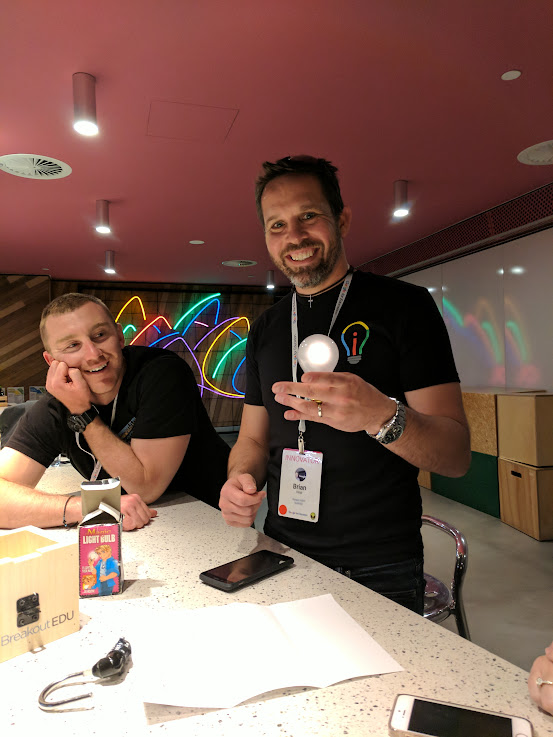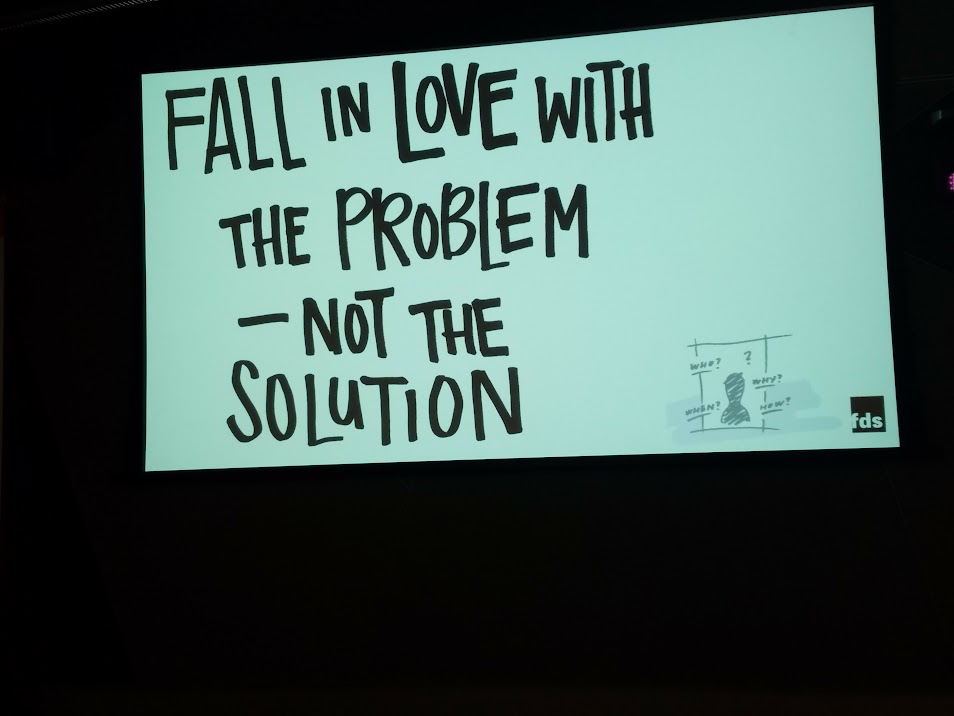It is just a little under two weeks since the Google Certified Innovators Sydney 2017 cohort graduated. In this time I have had pockets of time to reflect and gather my thoughts about the program and how it has affected my project.

When I set out I had the plan to create a personalised learning pathway that would engage students in meaningful learning. Though the desired goal has not changed the academy, coaches and peer's have challenged me to think of ways to bring this to pass and obstacles to look out for. They have encouraged the mindset of "thinking big but starting small" by being critical friends. Colleagues and team mates I can constantly come back to and think tank with.

This shared experience has broadened my perspective and connection to a world of educators who are making a real difference in the lives of their learning communities.
During the academy, we had the time and space to look at our personal projects through the lens of design thinking set forth by Stanford University. It has the elements empathise, define, ideate, prototype, test. The process caused us to work through waves of success and failure by identifying the pits of learning and being present within these so to sit with the uncomfortableness. Often, it was during these points that the wow moments occurred. For myself, one of these happened on the last day, when I was challenged to iterate my project. The 10x feedback received early in the program was for the learning matrix's being developed students needed to be able to create an artefact of learning that would communicate their authentic and depth of concept understanding in a transformative way.

Working through this process I decided a common bridge/gateway activity (assessment as learning) was needed to enhance the impact and increase student efficacy. This additional element was to be inserted between the primary and secondary tasks as a point to assess student growth after their pretest and initial intervention activities. It was also inserted before enrichment activities again as a measure of growth and mastery. Examples of what was expected in this included pitch the concept, make the concept, video/screencast the concept, draw the concept, teach the concept, design the concept, animate the concept, cartoon the concept or sing/rap the concept.
Initial student iterations on this element of the learning pathway have shown student accessing deeper levels of understanding and increased collaboration to solve the problem; however, this is yet to be assessed to demonstrate its overall effect size.

I am really thankful for the opportunity to be involved with the Innovators Program, it was a blessing to me professionally to network and be supported by an incredible community of learners. I have made both local and international friends that I know will stand with me for many years to come. I have no doubt that I will continue to iterate and innovate on the concepts I have learnt ensuring they will have an increasing impact on learning outcomes of my students and broader community.

When asked by colleagues, "why they should consider applying?" My response is, in our world there are so many problems that need big solutions. We encourage our students to look for creative solutions and often give them creative space to work on these; however, for ourselves as educators we often don't leave enough margin for creativity. It is only when we give ourselves creative space and allow trusted critical friends to speak into this do we begin to discover the innovations that will transform the learning for students across the globe. For me this is the opportunity the Google Certified Innovators program offered.
Comments
Post a Comment